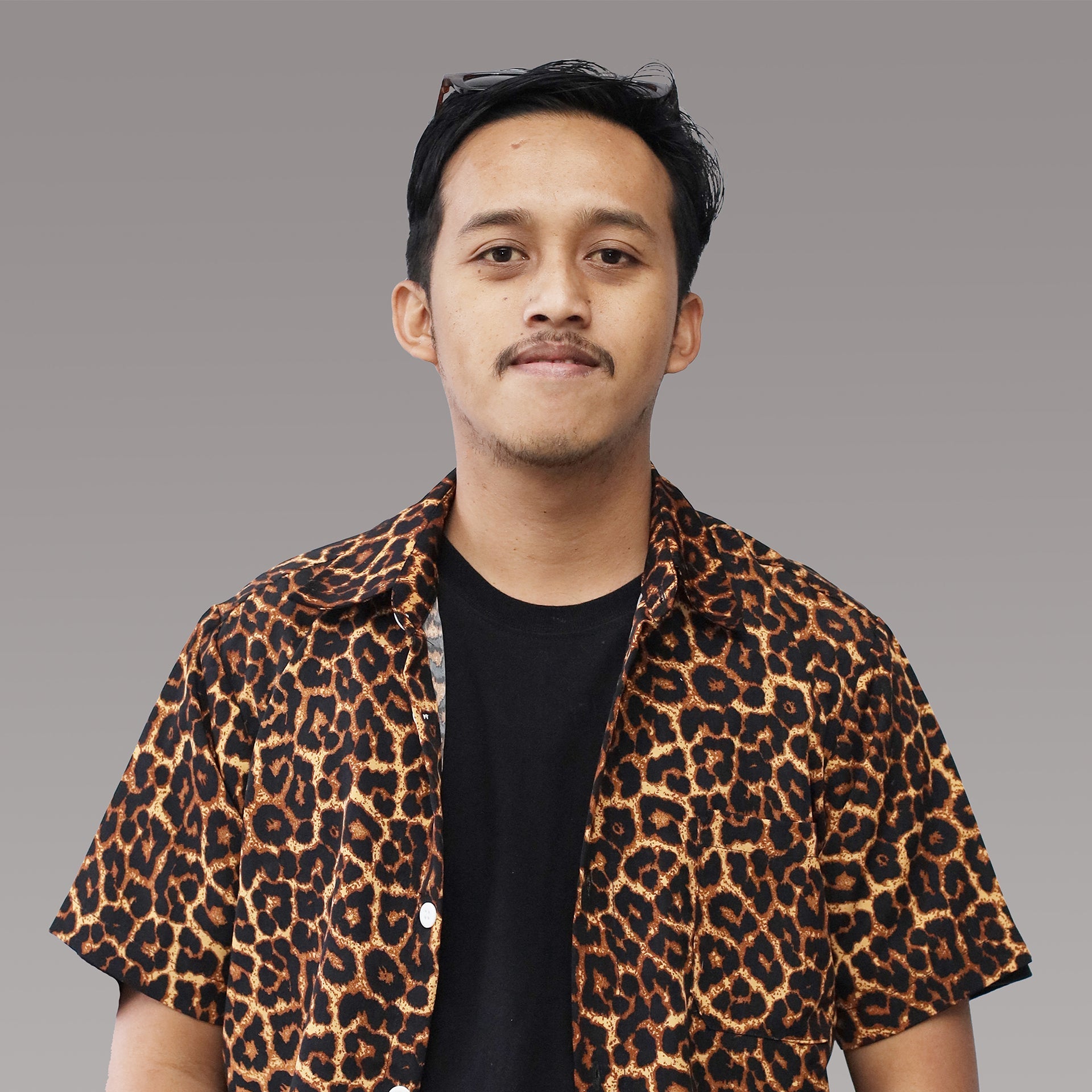
Eko Alif Vernanda
I was born in East Java, where Javanese traditions—especially the symbolism of the gunungan in wayang—shaped my artistic vision. Animal motifs from these forms inspire me as metaphors for human desires and inner conflicts, which I reinterpret into a pop and contemporary visual language. Influenced by Ojit Budi Sutarno and Richard Hamilton, I aim to create works that stay true to my identity while making both social and spiritual impact.
My practice explores mixed media—acrylic, acrylic glass, holographic stickers, and crayons on plywood—creating layered and playful dimensions. Recent works invite reflection on self-control and harmony in modern life, while my dream is to develop large-scale immersive projects that combine painting, installation, and interactive media, allowing audiences not only to view but to experience the work.
Eko Alif Vernanda
RETURN TO TOP




